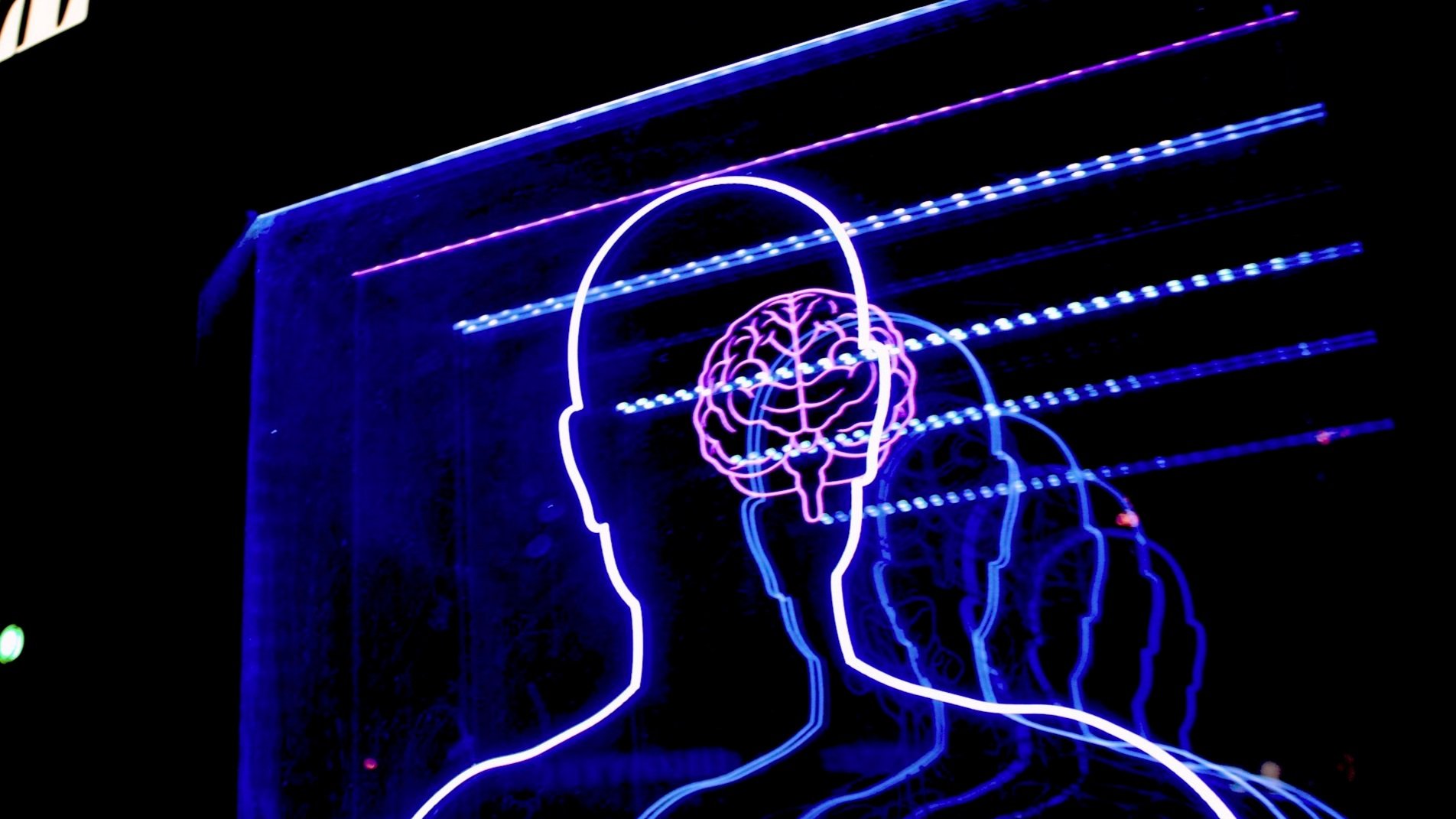The Nucleus Accumbens: The Brain's Reward Center and Its Role in Addiction
As an addiction specialist, I often emphasize the importance of understanding the brain's intricate mechanisms to better grasp the nature of addiction. One of the most critical players in this process is the nucleus accumbens, a small yet powerful structure located deep within the brain. Often referred to as the brain's "reward centre," the nucleus accumbens plays a pivotal role in motivation, pleasure, and reinforcement learning. In this blog, we’ll explore its functions, its role in addiction, and how it influences behaviour .
What is the Nucleus Accumbens?
The nucleus accumbens is part of the ventral striatum, a region of the brain involved in processing rewards and motivation. It is situated in the **basal forebrain**, near the prefrontal cortex and the limbic system, which are responsible for decision-making and emotional regulation, respectively. The nucleus accumbens is divided into two main regions:
- The Core: Involved in motor functions and action planning.
- The Shell: Plays a role in emotional and motivational responses.
This structure acts as a hub, receiving signals from various brain regions, including the ventral tegmental area (VTA), which releases dopamine—a neurotransmitter crucial for reward processing.
The Role of the Nucleus Accumbens in Reward and Motivation
The nucleus accumbens is central to the brain's **reward system**, which drives behaviors that are essential for survival, such as eating, socializing, and reproduction. Here’s how it works:
1. Dopamine Release: When we experience something pleasurable, such as eating a favorite meal or achieving a goal, the VTA releases dopamine into the nucleus accumbens. This creates a sense of reward and reinforces the behavior.
2. Learning and Reinforcement: The nucleus accumbens helps us learn which actions lead to rewards, encouraging us to repeat those behaviors in the future.
3. Motivation: By attributing value to rewards, the nucleus accumbens motivates us to pursue activities that bring pleasure or satisfaction.
The Nucleus Accumbens and Addiction
In addiction, the nucleus accumbens becomes hijacked by substances or behaviors that artificially stimulate the reward system. Drugs such as alcohol, cocaine, and opioids flood the nucleus accumbens with dopamine, creating an intense feeling of euphoria. Over time, this leads to significant changes in the brain:
- Dopamine Dysregulation: Chronic substance use reduces the brain's natural ability to produce dopamine, making it harder to feel pleasure from everyday activities.
- Increased Cravings: The nucleus accumbens becomes hypersensitive to drug-related cues, triggering intense cravings and compulsive behaviors.
- Reinforcement of Addictive Behaviors: The brain learns to associate the substance or behavior with reward, reinforcing the cycle of addiction.
Beyond Addiction: The Nucleus Accumbens and Behavioral Disorders
The nucleus accumbens is not only implicated in substance use disorders but also in behavioral addictions, such as gambling, overeating, and compulsive shopping. These behaviors similarly activate the reward system, leading to patterns of reinforcement and dependency.
Healing the Nucleus Accumbens in Recovery
Recovery from addiction involves helping the brain restore balance in the nucleus accumbens and the broader reward system. Here are some strategies:
1. Physical Fitness: Exercise stimulates the release of endorphins and dopamine, promoting natural rewards and improving mood.
2. Mindfulness and Meditation: These practices help regulate emotional responses and reduce cravings by strengthening connections between the prefrontal cortex and the nucleus accumbens.
3. Healthy Habits: Engaging in rewarding activities, such as hobbies or social interactions, can help retrain the brain to seek natural sources of pleasure.
4. Therapeutic Interventions: Cognitive-behavioral therapy (CBT) and other evidence-based approaches can address the psychological aspects of addiction and help individuals develop healthier coping mechanisms.
Conclusion
The nucleus accumbens is a small but mighty structure that plays a central role in shaping our behaviors, motivations, and experiences of pleasure. While it is a key player in the cycle of addiction, it also holds the potential for healing and recovery. By understanding its functions and the ways addiction alters its processes, we can develop more effective strategies to support individuals on their journey to a healthier, more fulfilling life.
If you or someone you know is struggling with addiction, remember that recovery is possible. With the right support and tools, the brain’s reward system can be rewired, paving the way for lasting change.

